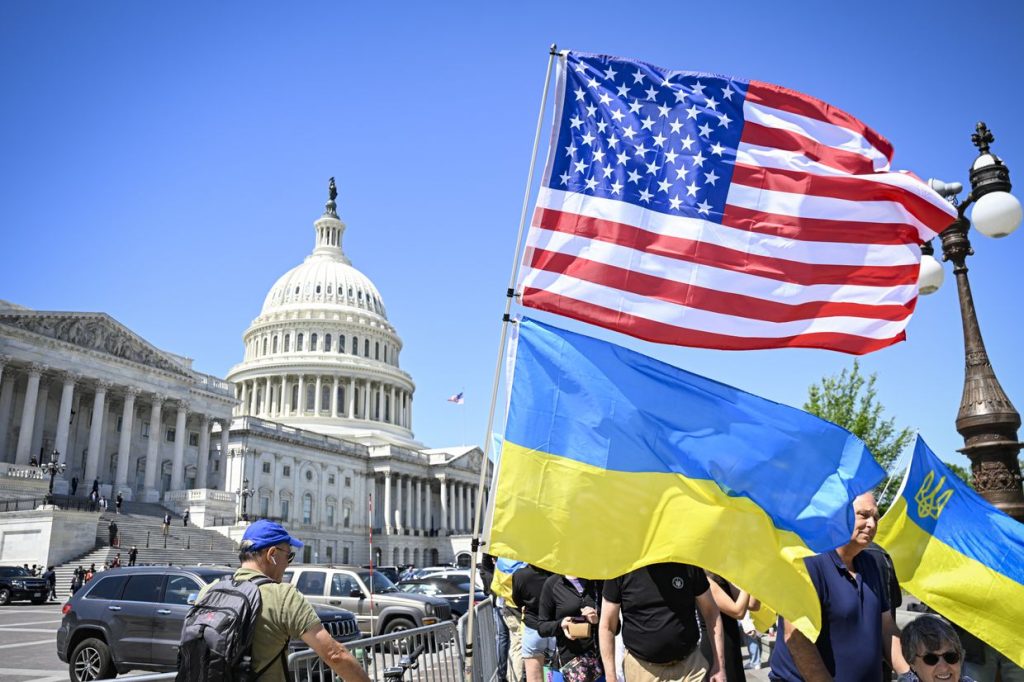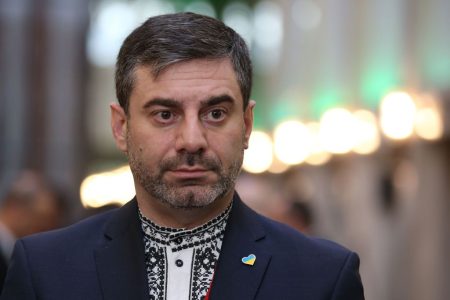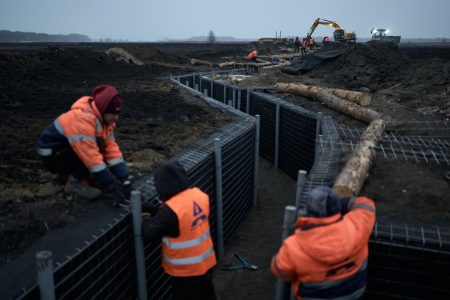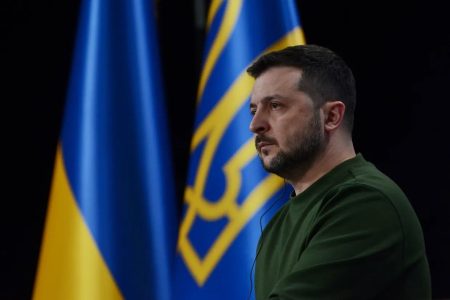The US House of Representatives passed a $61 billion aid package for Ukraine, Israel, and other allies on April 20. The aid package includes $13.8 billion for Ukraine to buy advanced weapons and $13.4 billion for replenishing US stockpiles. It also allocates $11 billion to support US allies in the region and $13.8 billion to purchase US defense systems for Ukraine. Another $9 billion is designated for economic assistance in the form of loans that can be forgiven by the president with Congress’s approval. President Zelensky praised the US House for passing the aid package, emphasizing the importance of American support in strengthening Ukraine and ending the war.
Ukrainian President Zelensky announced that Ukraine could sign bilateral security agreements with the US, Nordic, and Baltic states in the near future. These agreements aim to bolster Ukraine’s ability to resist Russian aggression and cover various areas such as humanitarian aid, reconstruction, financial, and energy sector support. So far, nine agreements have been signed with countries like Latvia, Finland, the UK, Germany, France, Denmark, Canada, Italy, and the Netherlands. Zelensky highlighted the significance of these agreements in providing comprehensive assistance to Ukraine beyond just military support.
Following the approval of the aid package, Senator Mark Warner mentioned that the US could start sending long-range Army Tactical Missile Systems (ATACMS) to Ukraine within a week, pending White House approval. The Senate is set to review the House-passed bill before it is sent to President Biden for signing. The aid package comes at a critical time as Ukraine faces increasing Russian attacks on critical infrastructure. Ukrainian drones reportedly struck Russian energy facilities overnight, causing disruptions to electricity and water supply in multiple regions.
In response to Russian aggression, Ukraine targeted a Russian ship in occupied Sevastopol, confirming reports of a missile attack on the vessel. The Kommuna, a salvage ship launched in 1915 and still in service in the Russian Navy, was hit by Ukrainian forces. Additionally, Ukrainian special services and the military conducted a drone attack on Russia’s energy infrastructure, resulting in the downing of 50 drones over eight regions in Russia. The attack aimed to disrupt the operation of military facilities in Russia and cause problems with electricity and water supply in certain areas.
Russian troops launched a missile attack on Odesa, injuring eight people, including two children. This attack is part of a series of Russian assaults on Ukrainian cities, causing damage to civilian infrastructure and casualties among civilians. The ongoing conflict in Ukraine has led to significant loss of life and destruction, prompting international support for Ukraine’s defense and recovery efforts. The passage of the foreign aid package by the US House of Representatives marks a significant step towards assisting Ukraine in its fight against Russian aggression and rebuilding efforts.
















